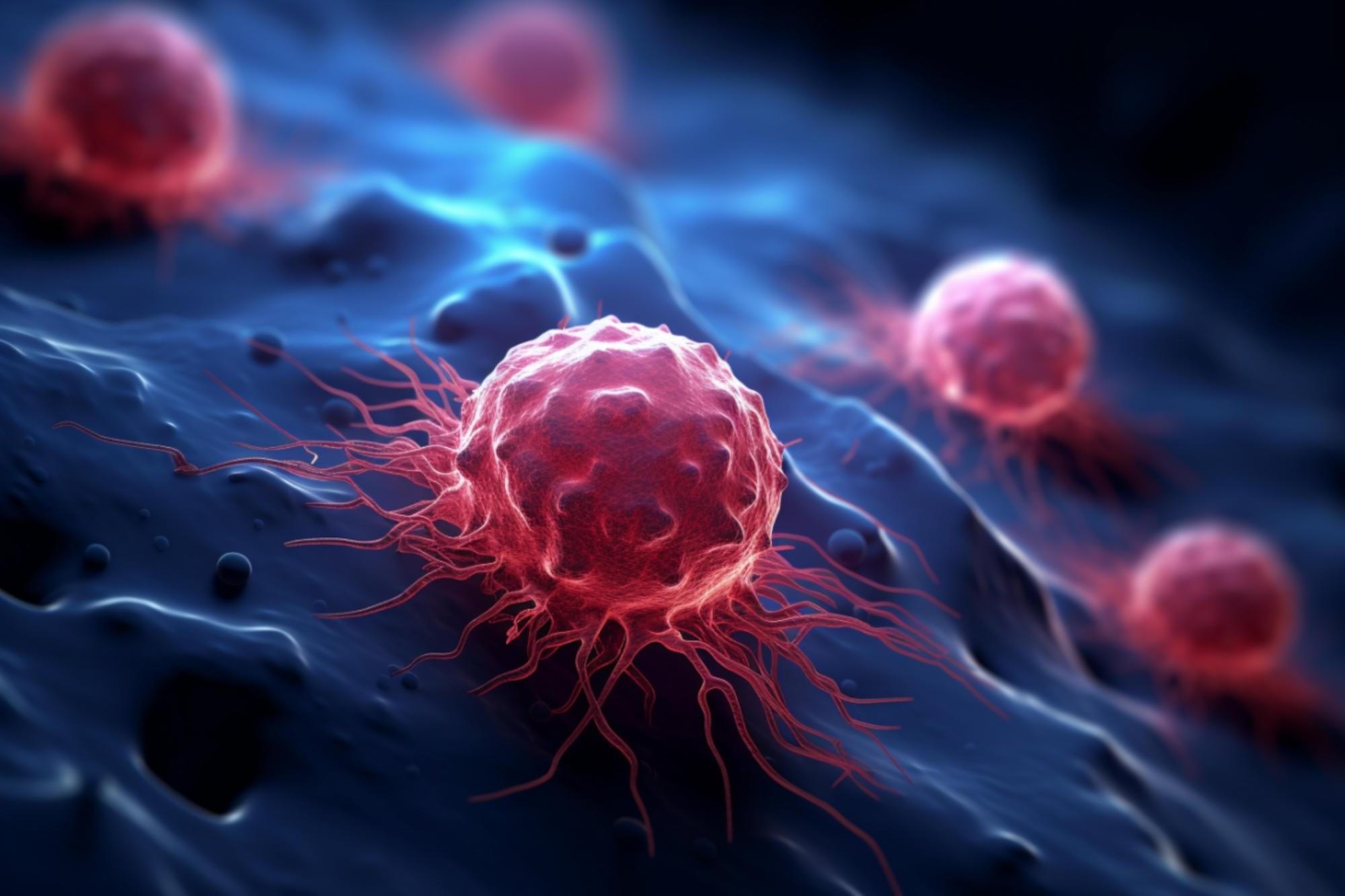Chinese tech experts have introduced a groundbreaking humanoid robot prototype, setting the stage for its integration into homes.
Get the latest international news and world events from around the world.
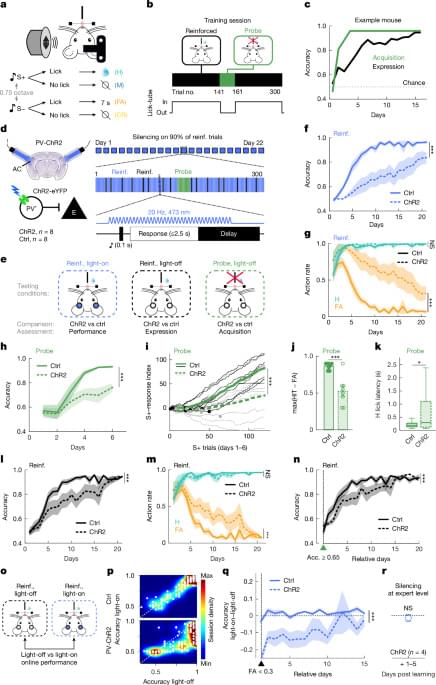
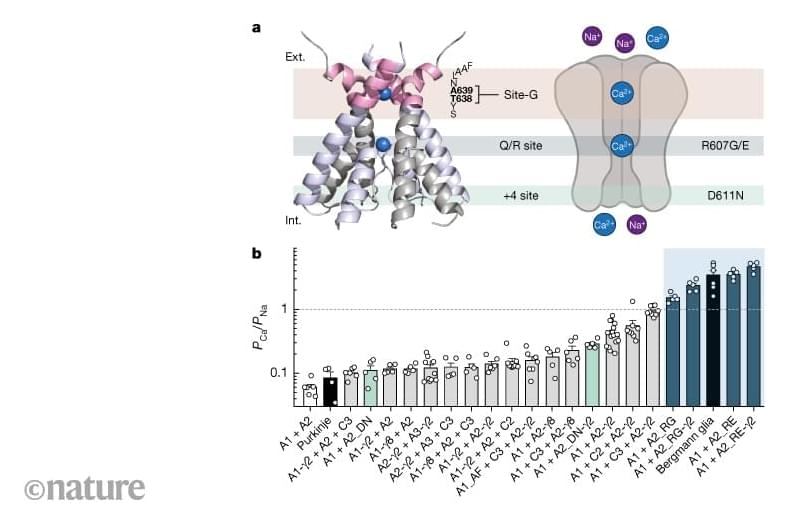
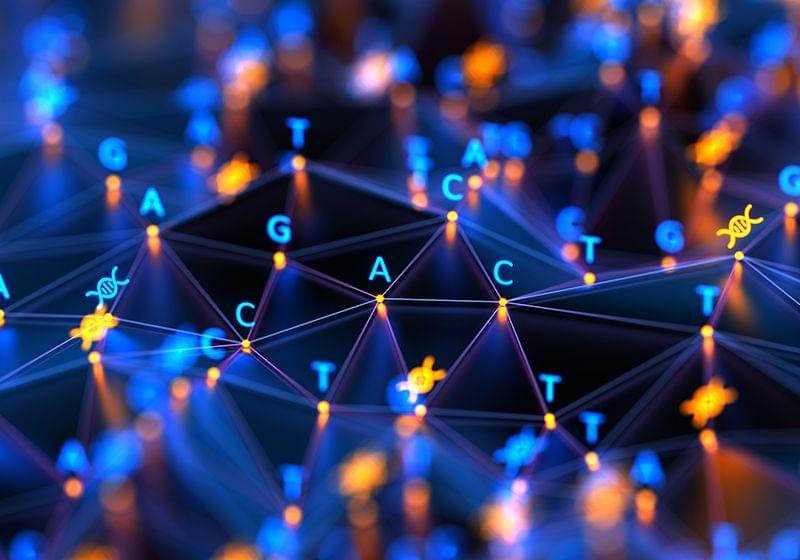
Optimizing Whole Genome Sequencing Library Preparation
In addition, traditional techniques do not allow researchers to optimally handle diverse sample types, including DNA samples from common sources such as saliva, blood, or formalin-fixed paraffin-embedded (FFPE) tissues. Such relative inflexibility limits the ability of scientists to efficiently compare sequencing results between different samples from the same individual as well as between different individuals, further complicating downstream data collection and reliability.
Library preparation kits that are designed to improve the efficiency and reproducibility of WGS workflows are a welcome addition to the sequencing repertoires of laboratory scientists engaged in cutting-edge and scalable translational research. Importantly, the versatility, adaptability, and turnaround time of novel library preparation solutions have the power to standardize protocols, eliminate workflow bottlenecks, preserve resources, and uncover new opportunities. Overall, preparation kits that have built-in adaptability to the inherent variability of WGS protocols enable more straightforward optimization and better results than traditional approaches.
Covaris’s truCOVER WGS PCR-free Library Prep Kit is a versatile, cutting-edge solution that addresses the inherent complexity of WGS workflows using a rapid, reliable, reproducible, efficient, and cost-effective approach. The kit enables adaptable PCR-free library preparation from different types of samples, including saliva, blood, and FFPE for a wide range of downstream sequencing workflow applications. The truCOVER kit streamlines library preparation processes by eradicating rate-limiting obstacles such as fragmentation bias and eliminating the need for PCR-based quality control steps.
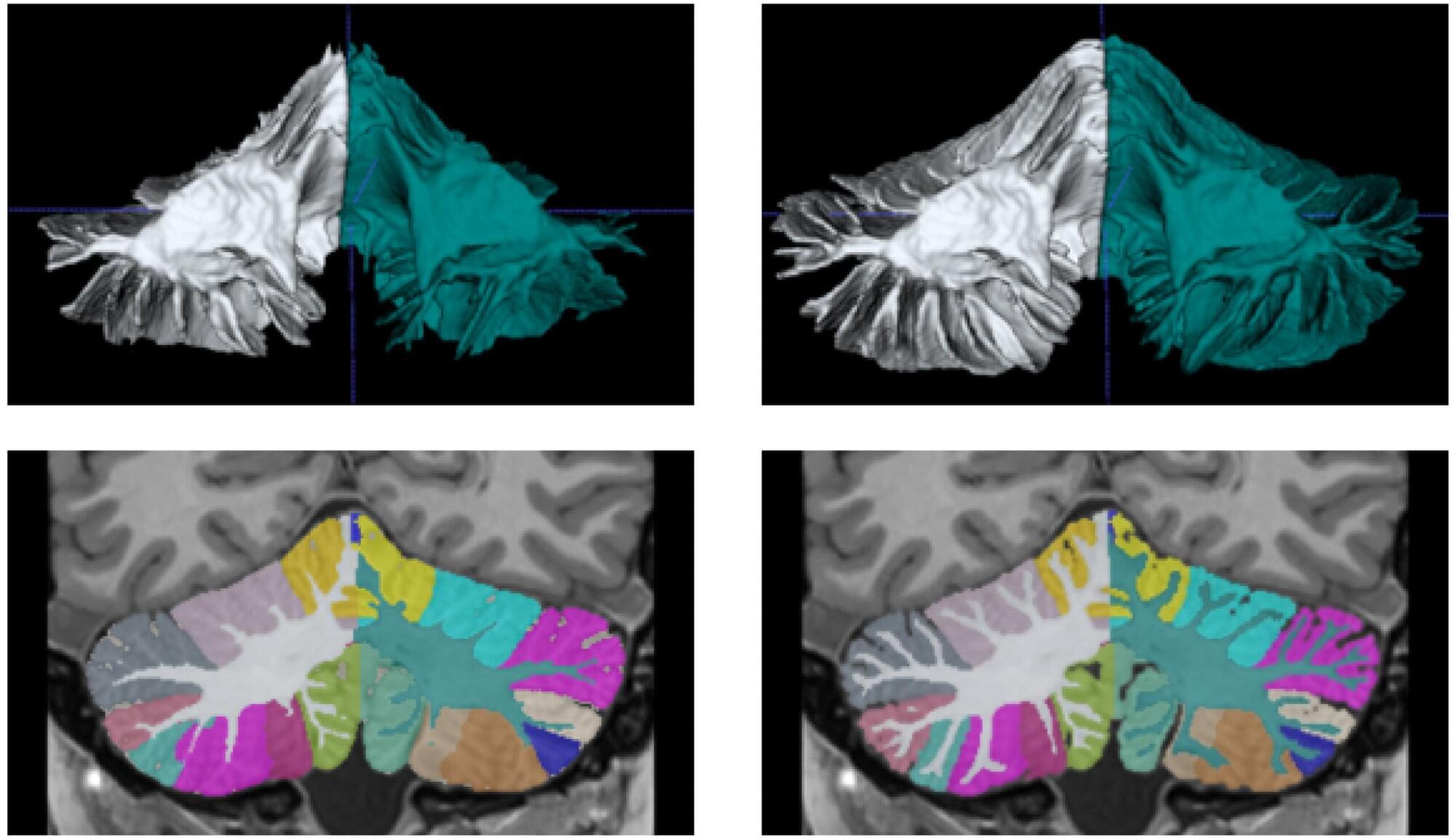
DeepCeres: AI-driven software redefines cerebellum research with detailed imaging
A team of researchers from the Universitat Politècnica de València (UPV) and the French National Center for Scientific Research (CNRS) has developed the world’s most advanced software to study the human cerebellum using high-resolution NMR images.
Called DeepCeres, this software will help in the research and diagnosis of diseases such as ALS, schizophrenia, autism and Alzheimer’s, among others. The work of the Spanish and French researchers has been published in the journal NeuroImage.
Despite its small size compared to the rest of the brain, the cerebellum contains approximately 50% of all brain neurons and plays a fundamental role in cognitive, emotional and motor functions.
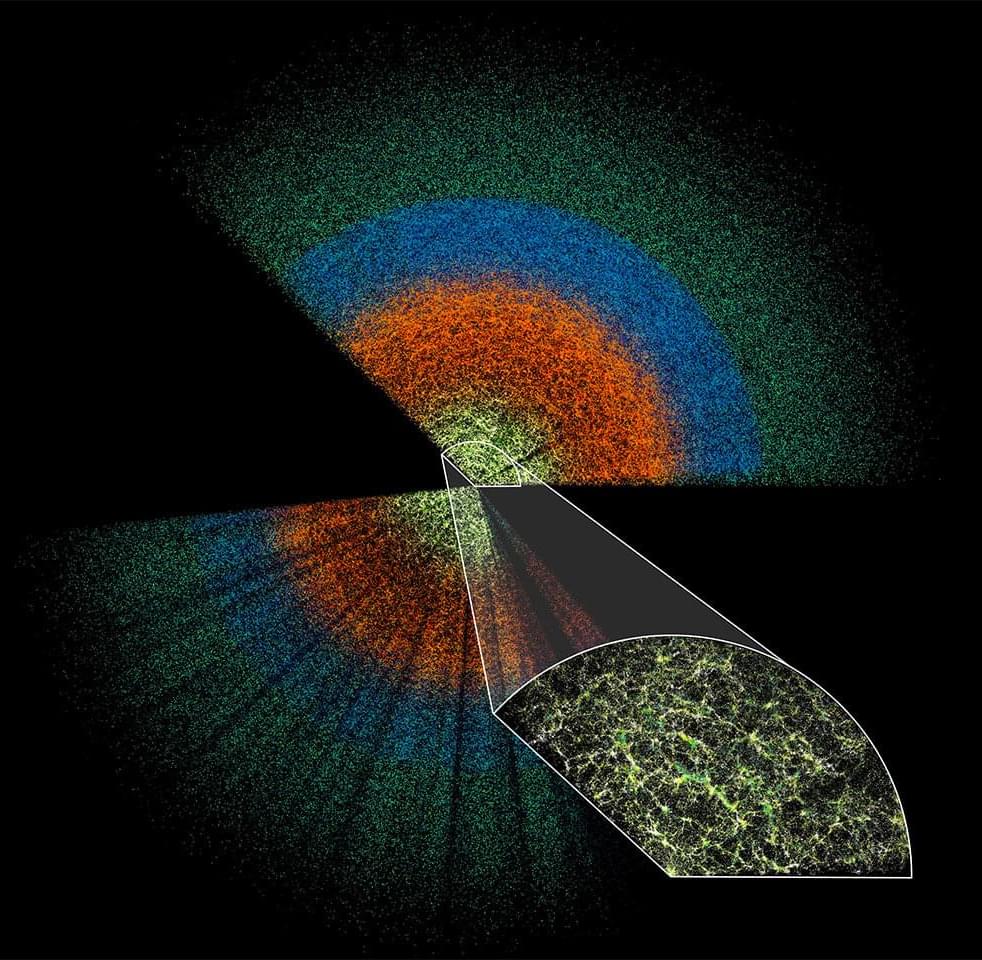
DESI releases largest 3D map of the universe to date
The Dark Energy Spectroscopic Instrument (DESI) is mapping millions of celestial objects to better understand dark energy—the mysterious driver of our universe’s accelerating expansion. Today, the DESI collaboration released a new collection of data for anyone in the world to investigate.
The dataset is the largest of its kind, with information on 18.7 million objects: roughly 4 million stars, 13.1 million galaxies, and 1.6 million quasars (extremely bright but distant objects powered by supermassive black holes at their cores).
While the experiment’s main mission is illuminating dark energy, DESI’s Data Release 1 (DR1) could yield discoveries in other areas of astrophysics, such as the evolution of galaxies and black holes, the nature of dark matter, and the structure of the Milky Way.

Scientists Create Microscopic Algae Robots With Incredible Swimming Abilities
Magnetized algae micro swimmers retain speed and maneuverability, showing promise for targeted drug delivery in confined biological environments. A team of researchers at the Max Planck Institute for Intelligent Systems (MPI-IS) in Stuttgart has developed a biohybrid microswimmer coated with magn
